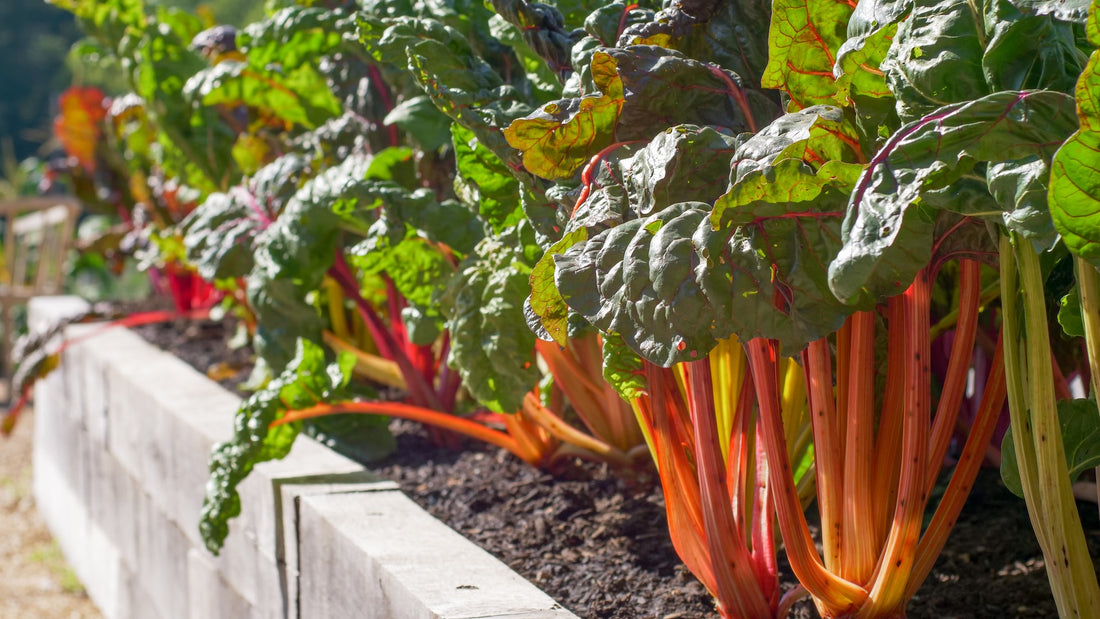Sunlight is vital for plant growth, and understanding how to maximize its benefits can increase your yield. To achieve this, you need to map out your garden's sun exposure.
Sunlight and Plant Growth
Sunlight is essential for plant growth. It provides energy for photosynthesis, a process through which plants produce food. The amount of sunlight a plant receives affects its growth and development.
Insufficient sunlight can lead to stunted growth, poor yields and reduced plant quality. Conversely, too much sunlight can cause sunburn, dehydration and reduced yields. Therefore, understanding sunlight and its impact on plant growth is crucial for successful gardening.
How to Make a Sun Map for Your Garden
A sun map is a visual representation of the amount of sunlight that each area of your garden receives. It enables you to determine the best location for different types of plants based on their sunlight requirements.
- Observe your garden throughout the day to determine the areas that receive the most and least sunlight.
- Create a rough sketch of your garden, including any significant features such as trees, buildings or water features. Take note of any obstacles that may block sunlight, including buildings, trees and fences.
- Make 5 copies of the sketch.
- Choose a sunny day with minimal clouds and one that you have the time to draw on your maps every few hours.
- Start in the morning. Write the time and then draw the shadows (shade) where it appears in your yard and garden.
- Repeat this three more times throughout the day so you have four filled out sketches. Space the observations 3 hours apart to get the most accurate information.
- Take photos of your garden at the different times of the day to corroborate your sun map.
- At the end of the day, use the fifth map to converge the information. If a spot is marked a minimum of 3 times as sunny, label it as a sunny location. If the spot is marked at least 3 times as shady, label it as shady. Finally, if it is neither a sunny or shady spot, label it as part shade.
- Label each section of your garden according to its sun exposure.
- Divide your garden into sections based on the amount of sunlight each area receives. For example, you can have a section for full sun plants, partial sun plants and shade-loving plants.
Tips for Creating an Accurate Sun Map
- Use a compass to determine the direction of your garden's orientation. This will enable you to predict the amount of sunlight each area will receive.
- Take note of the different angles of the sun throughout the year. The sun's angle changes with the seasons, so the amount of sunlight each area receives will vary.
- Consider the height and density of trees and other obstacles that may block sunlight. Trees and buildings can cast shadows that affect the amount of sunlight plants receive. Remember that trees often look different from spring to fall, gaining and losing foliage and directly affecting how much sunlight your garden receives.
- Take photos of your garden at different times of the day and throughout the seasons to validate your sun map.
Using Your Sun Map to Increase Garden Success
Choose the right plants for each area of your garden based on their sunlight requirements. Full sun plants require at least six hours of direct sunlight, while partial sun plants require four to six hours of direct sunlight. Shade-loving plants require less than four hours of direct sunlight.
Group plants with similar sunlight requirements together in the same section of your garden. This will allow you to provide them with the appropriate amount of sunlight.
Full Sun Plants: Tomatoes, peppers, cucumbers, squash, beans, and corn are examples of full sun plants that require at least six hours of direct sunlight.
Partial Sun Plants: Lettuce, spinach, kale, broccoli, and cauliflower are examples of partial sun plants that require four to six hours of direct sunlight.
Shade-Loving Plants: Hostas, ferns, impatiens, and begonias are examples of shade-loving plants that require less than four hours of direct sunlight.



